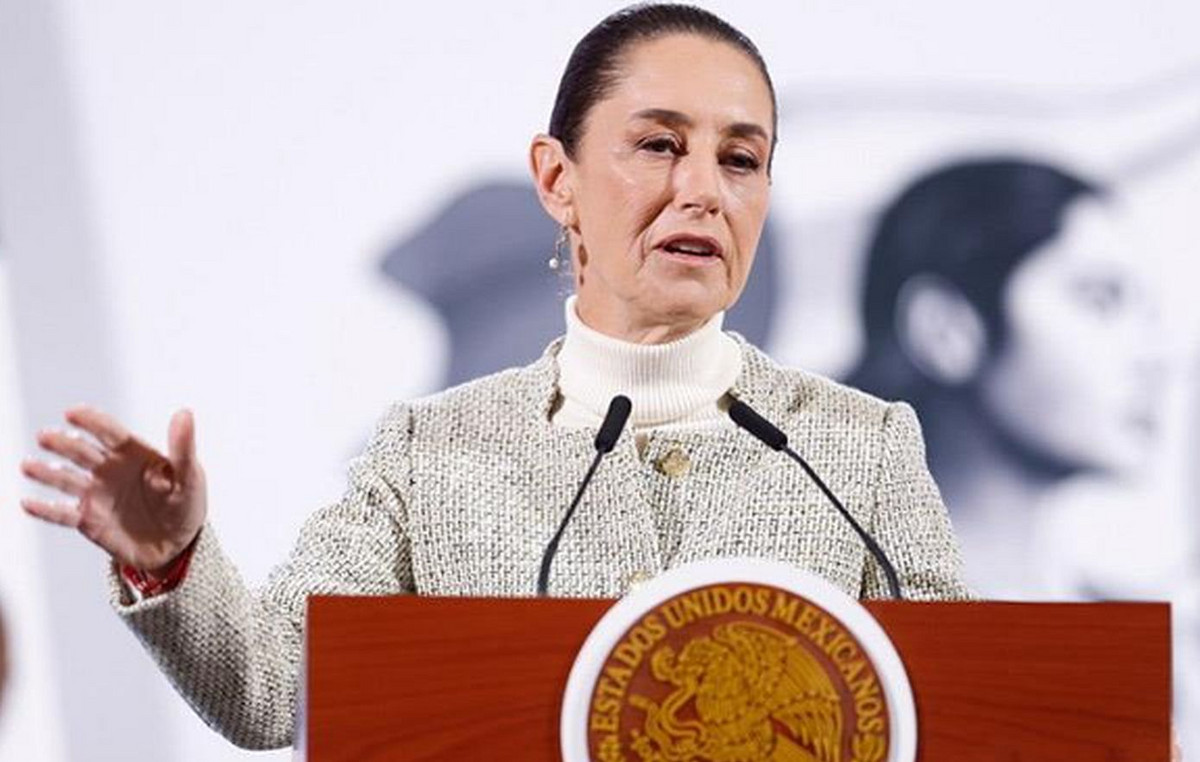- The price of WTI loses land about $ 66.85 in the first bars of the Asian session on Tuesday.
- The White House said Trump has signed an executive order that postpones the deadline for implementing tariffs from July 1 to August 1.
- Geopolitical risks in the Middle East could limit the fall of the WTI.
The West Texas Intermediate (WTI), the referent of the US crude oil, is being negotiated around $ 66.85 during the first hours of Asian negotiation on Tuesday. The WTI price moves down in the midst of concerns about the excess supply triggered by the July 6 meeting of the organization of oil export countries and allies (OPEC+).
OPEC+ agreed on Saturday to increase its collective production of crude oil by 548,000 barrels per day (BPD), while continuing to get rid of a set of volunteer supply cuts. This is faster than the 411,000 expected BPDs. The group had previously announced increases of 411,000 BPD for May, June and July, already three times faster than scheduled. Excessive production increases have generated concerns about excess supply, which could undermine the price of the short -term WTI.
In addition, the strongest American dollar after the US president, Donald Trump, announced the last round of tariff policies could weigh on the price of the merchandise called in USD, since it makes crude oil more expensive for foreign buyers. The White House said Monday night that Trump has signed an executive order that postpones the deadline for implementing tariffs from July 1 to August 1.
The Trump administration announced 25%tariffs on goods from Japan and South Korea, while South Africa would see a 30%tariff, and Laos and Myanmar would face a 40%tax. Other nations affected by tariffs include Indonesia with a rate of 32%, Bangladés with 35%, and Thailand and Cambodia with 36%tariffs.
However, the climbing of geopolitical tensions in the Middle East, a region of global importance for oil production, could help limit WTI losses. Israel declared Sunday night that the country’s army had attacked huti objectives in three ports and an energy plant in Yemen. Defense Minister Israel Katz confirmed the attack, saying that they were carried out due to repeated attacks by the rebel group backed by Iran against Israel.
WTI oil – frequent questions
WTI oil is a type of crude oil that is sold in international markets. WTI are the acronym of West Texas Intermediate, one of the three main types that include the Brent and Dubai’s crude. The WTI is also known as “light” and “sweet” by its relatively low gravity and sulfur content, respectively. It is considered high quality oil that is easily refined. It is obtained in the United States and is distributed through the Cushing Center, considered “the crossing of the world.” It is a reference for the oil market and the price of WTI is frequently traded in the media.
Like all assets, supply and demand are the main factors that determine the price of WTI oil. As such, global growth can be a driver of the increase in demand and vice versa in the case of weak global growth. Political instability, wars and sanctions can alter the offer and have an impact on prices. OPEC decisions, a group of large oil -producing countries, is another key price factor. The value of the US dollar influences the price of WTI crude oil, since oil is mainly traded in US dollars, so a weaker dollar can make oil more affordable and vice versa.
Weekly reports on oil inventories published by the American Petroleum Institute (API) and the Energy Information Agency (EIA) influence the price of WTI oil. Changes in inventories reflect the fluctuation of supply and demand. If the data show a decrease in inventories, it can indicate an increase in demand, which would raise the price of oil. An increase in inventories may reflect an increase in supply, which makes prices lower. The API report is published every Tuesday and that of the EIA the next day. Their results are usually similar, with a 1% difference between them 75% of the time. EIA data is considered more reliable, since it is a government agency.
The OPEC (Organization of Petroleum Exporting Countries) is a group of 13 nations oil producing that collectively decide the production quotas of member countries in biannual meetings. Their decisions usually influence WTI oil prices. When OPEC decides to reduce fees, it can restrict the supply and raise oil prices. When OPEC increases production, the opposite effect occurs. The OPEC+ is an expanded group that includes another ten non -members of the OPEC, among which Russia stands out.
Source: Fx Street
I am Joshua Winder, a senior-level journalist and editor at World Stock Market. I specialize in covering news related to the stock market and economic trends. With more than 8 years of experience in this field, I have become an expert in financial reporting.







